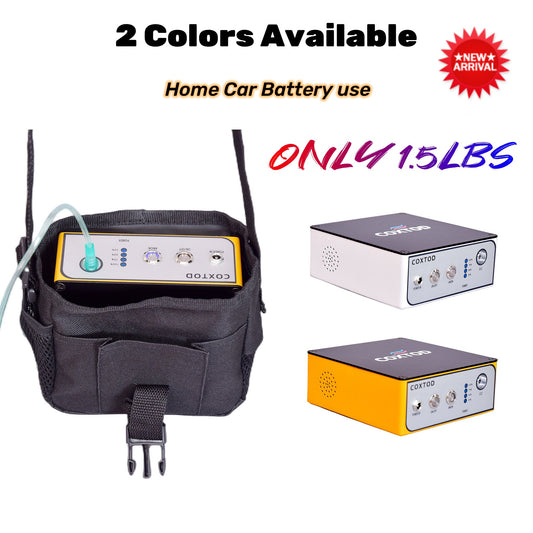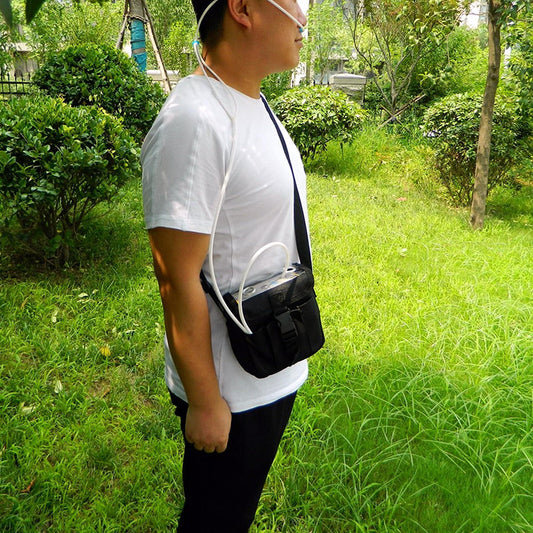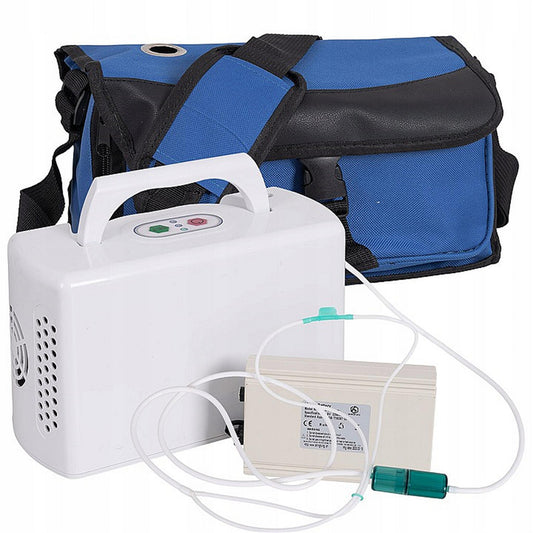Introduction to home oxygen therapy
Oxygen therapy is a common medical procedure used to help people supplement oxygen and improve their respiratory function. It is widely used in medical fields such as emergency care, surgery, chronic respiratory diseases, etc. So what are the devices for home oxygen therapy?
Oxygen supply equipment:
Common sources of oxygen for home oxygen therapy: oxygen cylinders, medical oxygen concentrators, etc.
- oxygen cylinders: Compressed oxygen is stored, and the pressure valve and flow meter are connected to the gas cylinder to observe the remaining gas volume and adjust the oxygen flow. The main advantage of oxygen cylinders is that they are cheap, while the disadvantages are that they are bulky, have less oxygen storage, and need to be refilled repeatedly, so they are suitable for patients with low oxygen consumption.
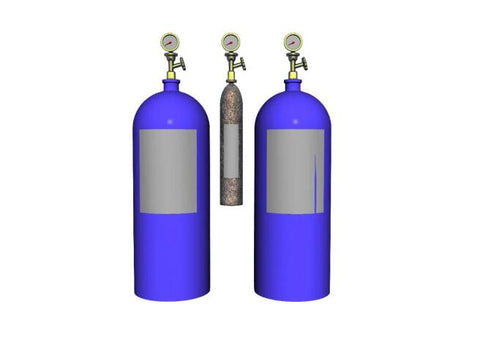
- Oxygen Concentrator: It is a kind of oxygen production machine, most of which are molecular sieve oxygen generators, which extract high-purity oxygen through physical methods such as zeolite molecular sieve and pressure swing adsorption technology. Finally, medical-grade oxygen is delivered to the patient through a continuous or pulsed dose delivery system. The output of the oxygen concentrator is usually measured in "liters per minute"
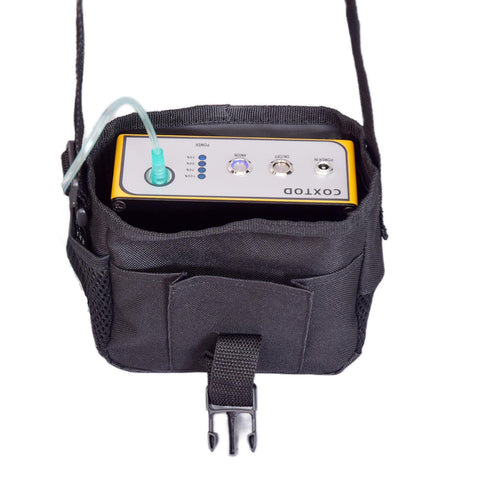
The main advantage of the oxygen generator is that there is no need for oxygen storage equipment and a fixed oxygen supply source, and the raw material of the oxygen generator is air. During the use period, especially when continuous oxygen supply is required, the cost is low, and it is more convenient for continuous oxygen inhalers, especially home oxygen therapy, while the disadvantage is that the equipment purchase price is expensive and noisy. Due to the high purchase price, some hospitals in China have carried out leasing services to provide convenience for patients with long-term oxygen therapy.
Accessories: The most common are nasal cannula or nasal prongs and mask-based oxygen
- Nasal cannula or nasal congestion for oxygen: It is the most commonly used, simple and convenient, and does not affect phlegm and eating when worn. The high-speed oxygen flow has a great impact on the nasal mucosa, which is a disadvantage of nasal cannula or nasal congestion oxygen inhalation, so it is recommended to switch to a simple mask for oxygen inhalation.

- Mask-type oxygen: Oxygen is supplied through small-bore tubes on the mask, and carbon dioxide can be exhaled through the side holes on both sides of the mask. The oxygen inhalation rate of the mask should not be less than 4 liters/min, and the oxygen flow rate should be 5~10 liters/min. Oxygen from a mask may restrict people from eating and drinking, and rarely, they may feel claustrophobic.
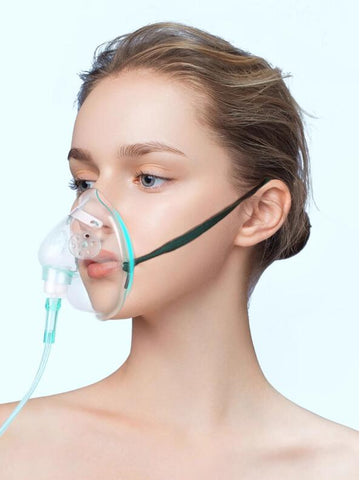
Although oxygen therapy is a common treatment, it also has some side effects such as oxygen toxicity, dryness, nasal congestion, nausea, etc. Therefore, when performing oxygen therapy, it is necessary to choose the most appropriate oxygen delivery method according to the specific situation of the patient, and reasonably control the concentration and flow of oxygen, and be sure to follow the doctor's instructions.

